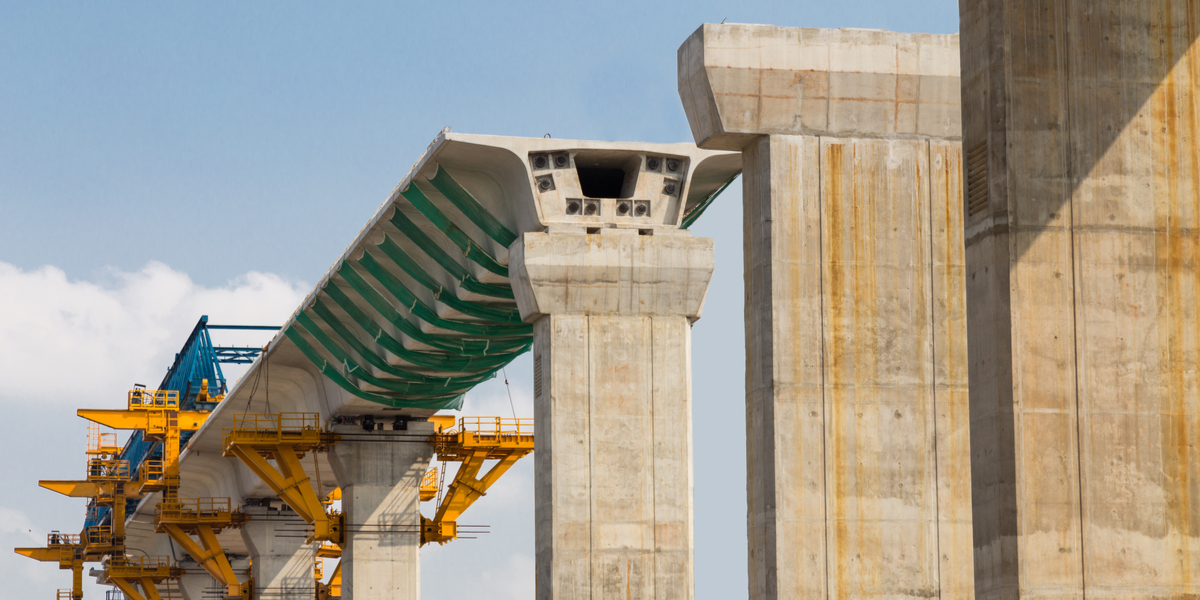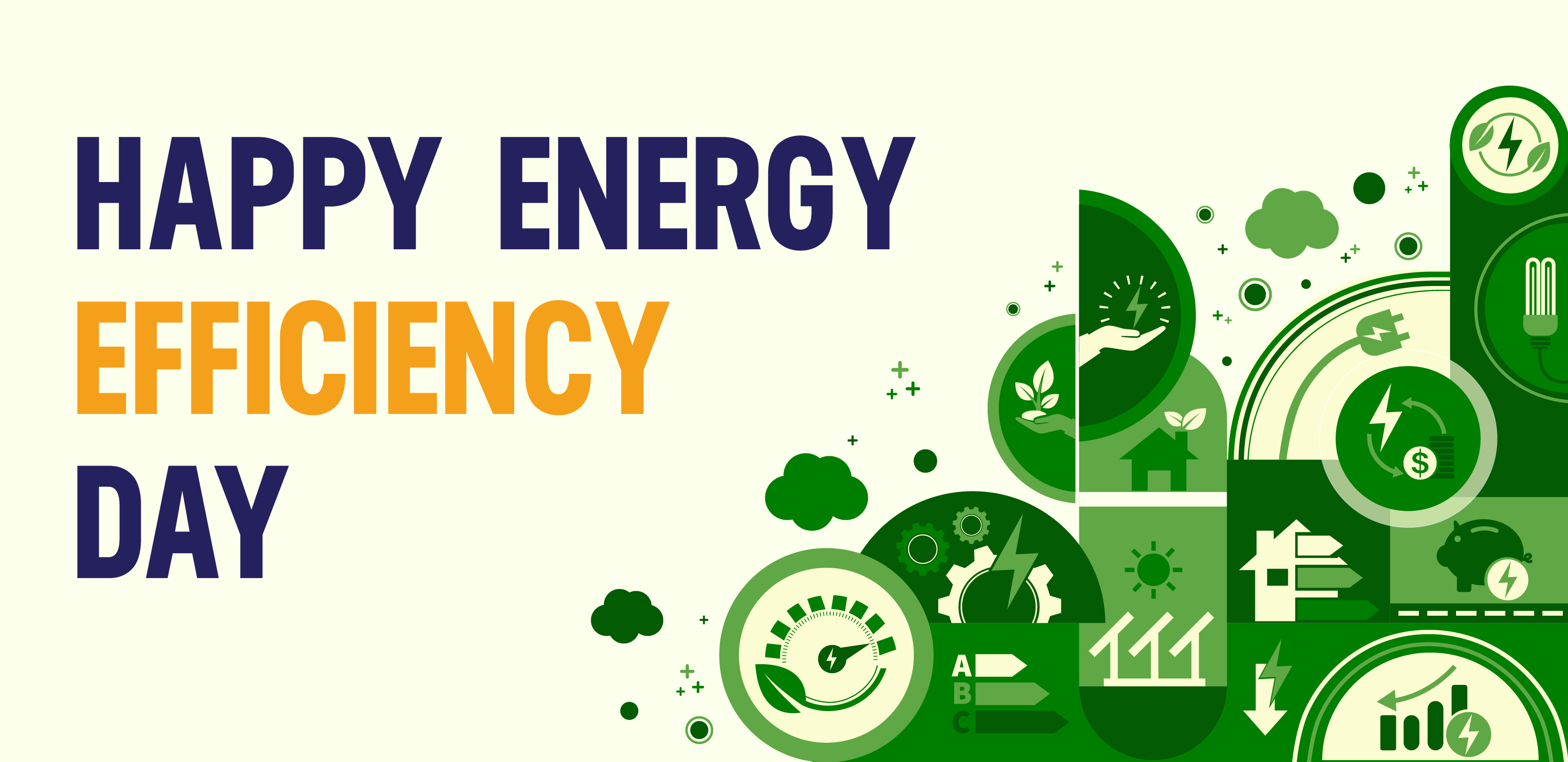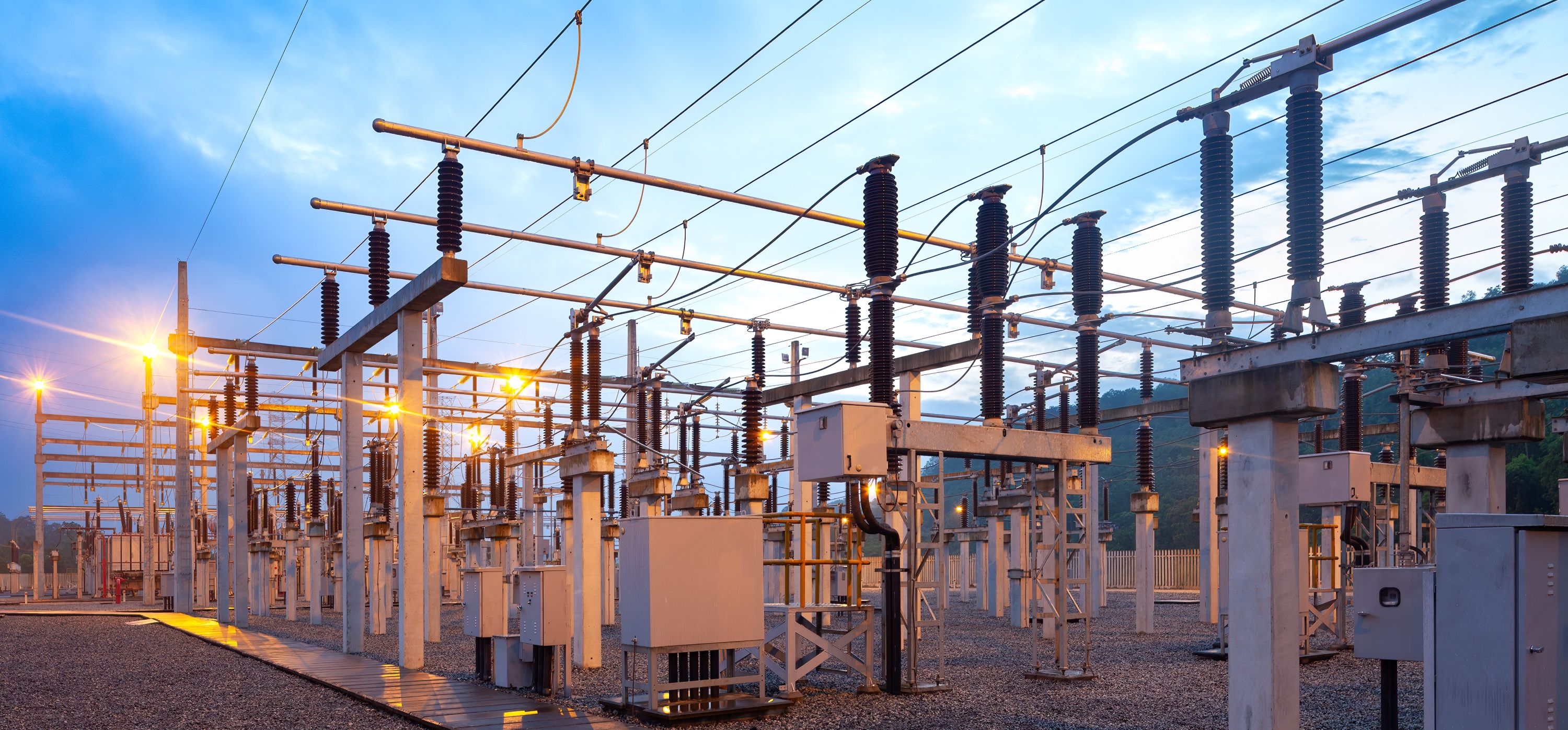Energy Efficiency Can Improve the U.S. Infrastructure Grade
Let's Save Energy
Alliance to Save Energy's Blog

It looks like 2021 might actually be the year for infrastructure on Capitol Hill. After months of infrastructure week jokes, there is bipartisan agreement, due to both the urgent need for repairs and the opportunity to stimulate job growth, that it’s time to act. And the timing is even more urgent with Surface Transportation Reauthorization, a massive piece of legislation that governs our nation’s transportation infrastructure spending, around the corner.
The American Society of Civil Engineer’s 2021 Report Card for America’s Infrastructure serves as one more reminder of the importance of prioritizing infrastructure this year. Released this week for the first time since 2017, it’s a comprehensive report card evaluating the status of the nation’s airports, roads, schools, electrical infrastructure, and other systems. And it might not be surprising that the U.S. received a far-from-stellar overall C- grade due to years of negligence.
The report finds that we are only paying approximately half our infrastructure bills, with a nearly $2.6 trillion funding gap for infrastructure needs up to 2029. Surface transportation led the way, with a $1.2 trillion gap, then water systems with a $434 billion gap, schools at $380 billion, electricity at $197 billion, and airports at $111 billion. This lines up roughly with the grades provided for each sector. For example, while the report card grade was overall improved from 2017’s D+ score, certain sectors were the same or even worse: transit remained at the bottom with a D-, and schools and roads also failed to climb out of the Ds.
The sheer magnitude of the need – and the cost – is immense. Policymakers might be tempted to “save money” upfront with cheaper, short-term fixes when the opportunity for an infrastructure package comes, but in fact, one of the best ways to make investments more affordable is through a comprehensive approach that also plans for a cleaner future: energy efficiency.
Energy-efficient infrastructure is built or upgraded in a way that maximizes energy savings. Investments like installing ENERGY STAR-rated windows in a school, expanding public transit networks with an eye toward more efficient modes like electric buses, and investing in digital controls at an airport to match temperature and filtration settings with occupancy do have an upfront cost. But it doesn’t take long before the savings from reduced energy expenses more than pay off. Just take San Diego Unified School District, one of the largest districts in the country, which saved more than $12 million over 12 years by investing in efficiency for its facilities. And that’s not even taking into account the climate benefits: when we make infrastructure investments that are efficient, we prevent decades of harmful emissions from being released into our atmosphere.
Thankfully, there is already legislation out there that recognizes these savings: the ASCE release coincided with the reintroduction of the Open Back Better Act on March 2 by Rep. Lisa Blunt Rochester (D- Del.) in the House and by Sen. Tina Smith (D-Minn.) in the Senate. This legislation, based on a proposal the Alliance and other groups helped develop last year, would address infrastructure concerns in many areas highlighted in the 2021 Report Card by investing $20 billion in critical public facilities like schools, airports, and hospitals. By investing to make these facilities not only more resilient, but energy-efficient, the legislation could leverage an additional $100 billion in private capital through energy savings performance contracts. Finally, by targeting 40% of the investment to disadvantaged communities, it helps guarantee that those hit hardest by the pandemic get the funds to make their buildings safer, see local job growth from projects, and can pocket the energy cost savings to reinvest in other areas of community development.
Signing this legislation into law is an important first step in leveraging the power of efficiency to up our nation’s infrastructure grade. Efficiency can also not be overlooked during surface transportation reauthorization discussions: the Alliance’s 50x50 Commission on U.S. Transportation Sector Efficiency, which has a goal of reducing transportation sector energy use 50% by 2050, assembled a detailed report in 2019 on how efficiency can be maximized throughout dozens of grant programs and initiatives under consideration.
Efficiency and infrastructure are two peas in a pod. We need more resilient infrastructure, and pairing the kind of massive federal investment required with energy efficiency upgrades saves taxpayers’ money and builds a cleaner future. If we’re going to do it, we ought to do it right.
STAY EMPOWERED
Help the Alliance advocate for policies to use energy more efficiently – supporting job creation, reduced emissions, and lower costs. Contact your member of Congress.
Energy efficiency is smart, nonpartisan, and practical. So are we. Our strength comes from an unparalleled group of Alliance Associates working collaboratively under the Alliance umbrella to pave the way for energy efficiency gains.
The power of efficiency is in your hands. Supporting the Alliance means supporting a vision for using energy more productively to achieve economic growth, a cleaner environment, and greater energy security, affordability, and reliability.



